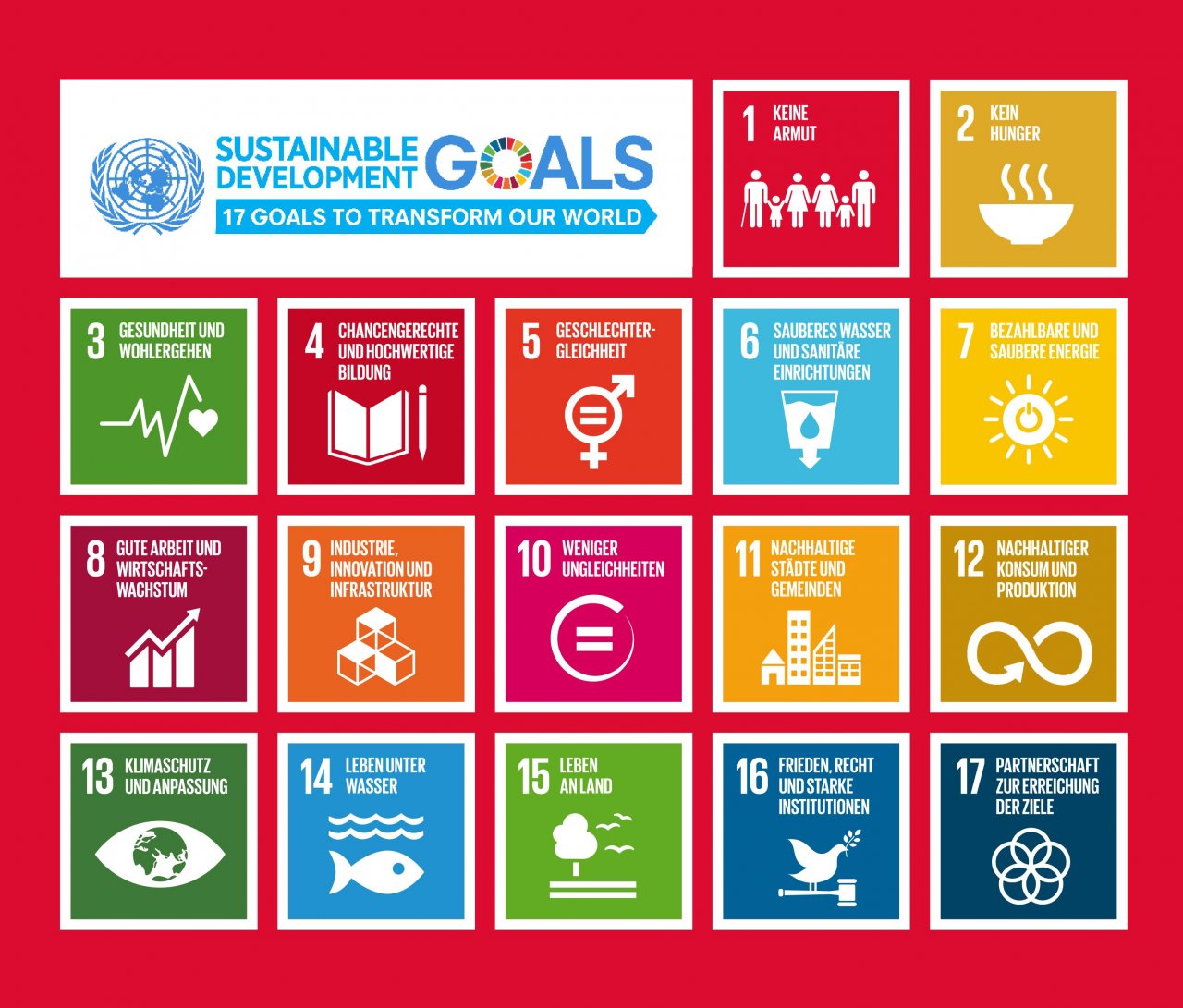Is Poverty Reduction by Affordable And Clean Energy Possible?
Good Governents should think Zero Carbon Today for a better future of the people tomorrow
- Poverty Reduction (SDG goal #1) by economic growth is possible, but it needs education and jobs
- Relying on old technologies or investments in second best technologies is not creating jobs in the long run. It only serves politicians and generates short-term focused results
- Money invested in second best technologies such as Blue Hydrogen is missed, when investments in best technologies are underfinananced.
- Green Hydrogen solutions are needed already now to reach the 2030 and 2050 targets
- Green Hydrogen is key to development and jobs. Blue Hydrogen, similar to Power to X is a short term solution, since it is based on natural gas, which creates CO2. It is costly. Storing CO2 is difficult, the capacities are limited
- 50 years of losing time for reaching the most prominent SDG-goal of poverty reduction, when we do not start to implement Green Hydrogen
- Green Hydrogen as an energy storage technology has to be connected to sustainable energy sources like sun, wind and water
- Side effects of Green Hydrogen and Zero Carbon in poorer countries or areas are a reduction of wood for heating and cooking
- Along with less or no fossile fuels and no CO2 production at all comes protection of forests and a significant reduction of erosion.
- In summary the overall costs of Zero Carbon and modern technology are outbalancing by far the savings when gas is used. This applies even now, when gas is cheaper: direct or indirect health issues (self-poisoning by private users, forests). This will apply in the future when economies of scale start to have a grip on the costs and bring them down to the same level of costs of today or even go lower.
Sustainable Development Goals (SDGs) #7 and #13 envisioned by United Nations in 2015 are key for development. Zero Carbon Investments needed to reduce poverty.
Yes and No might be the proper answer to the question raised in the headline. At a first glance one can agree to the meaningfulness of the 17 goals formulated by the General Assembly of the United Nations in September 2015 for supporting this view. Looking deeper into the material, we can only come closer to an answer by defining a few parameters and definitions. Especially when it comes to relevant questions of this blog, which is Affordable & Clean Energy (Goal #7) and Climate Action (Goal #13).
SDGs: Why 17 Goals, 109 Targets and several hundreds of indicators, when there are better ways?
The list shows the good intentions, but doesn’t offer solutions, which is a strong indicator of the role of the United Nations.
- Goal 1: No Poverty
- Goal 2: Zero Hunger
- Goal 3: Good Health and Well-being
- Goal 4: Quality Education
- Goal 5: Gender Equality
- Goal 6: Clean Water and Sanitation
- Goal 7: Affordable and Clean Energy
- Goal 8: Decent Work and Economic Growth
- Goal 9: Industry, Innovation and Infrastructure
- Goal 10: Reduced Inequality
- Goal 11: Sustainable Cities and Communities
- Goal 12: Responsible Consumption and Production
- Goal 13: Climate Action
- Goal 14: Life Below Water
- Goal 15: Life on Land
- Goal 16: Peace and Justice Strong Institutions
- Goal 17: Partnerships to Achieve The Goal
It would be ideal to have results coming from the list of 17 goals, but let’s call them assumptions based on the good will of politicians. They lack proof and numbers that could only be introduced by reliable resources and institutions. In terms of traceability and result-orientation we have to turn to Basic Human Needs, Foundation of Well-being and Opportunity as formulated in the Social Progress Index.
Governments: Reaching SDG goals does not dependent on becoming richer, but on taking good care of the people
Surprisingly or not, the Social Progress Index shows: Costa Rica is on a good way, while Europe and many other countries are underperforming. SDGs are not really connected to getting richer, and getting wealthier has but a limited meaning when it comes to reaching the 17 goals. Below is a 14 minute video „How we can make the world a better place by 2030“, showing the correlation to this and underlines the importance of a global approach. This is of importance, especially when we think of climate as a prerequisite and tool for a better world that knows no national boarders.

Mit dem Laden des Videos akzeptieren Sie die Datenschutzerklärung von YouTube.
Mehr erfahren

